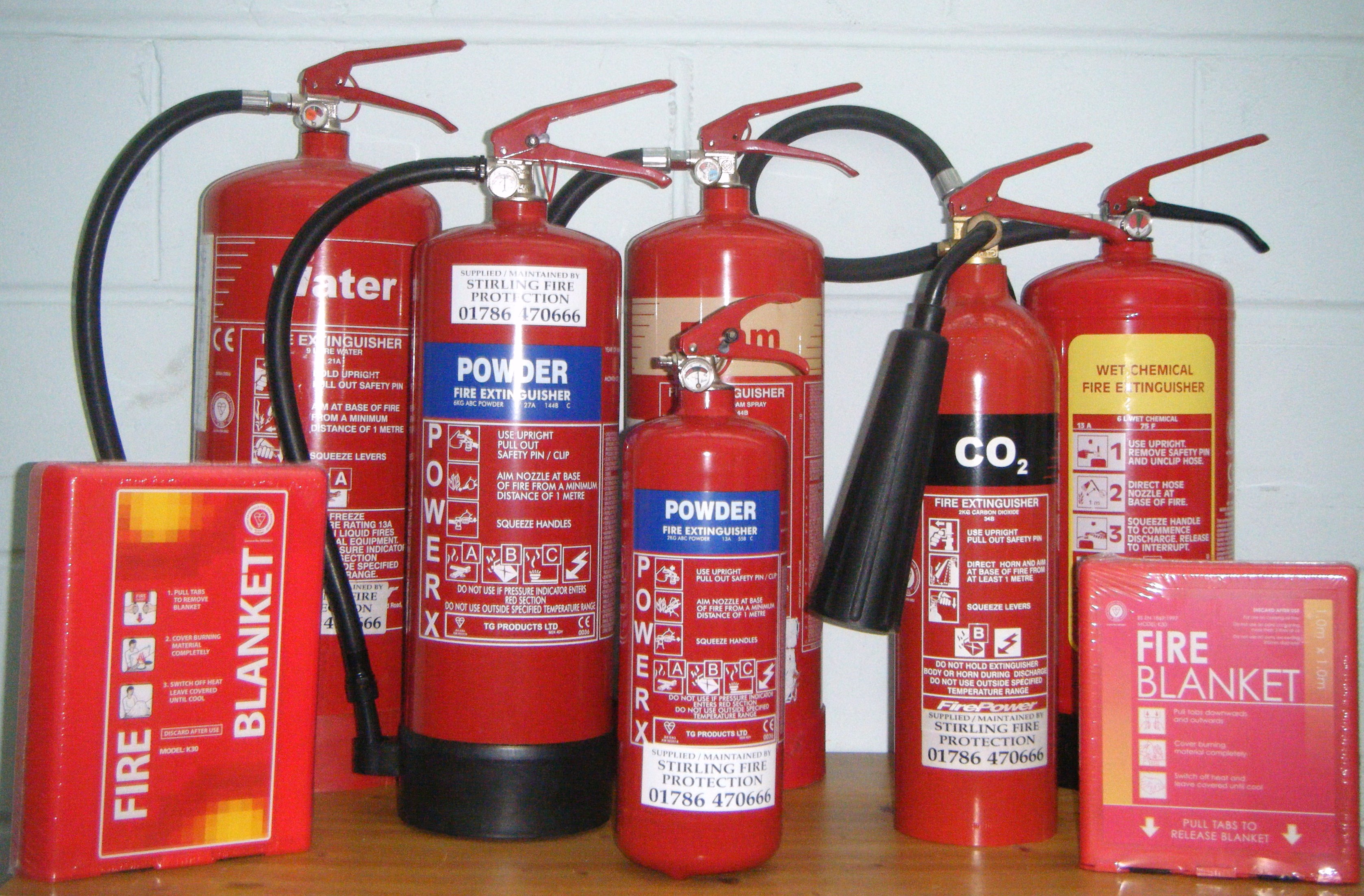Fire is one of major the threats at workplaces. It is a well-known fact that three elements, namely heat, oxygen and fuel, cause a fire. Some practices get followed to prevent any mishappening when a fire occurs.
The fire safety measures are well-planned with the appropriate infrastructure in place. It includes the undertaking of equipment that is not outdated. Fire-resisting materials, flame-resistant protective clothing are essential at all times.
According to the safety codes, professionals keep a tight check on the incidents and use the services to extinguish a fire. Fire brigades conform to local building codes and follow the electrical safety measures considering space and situation at a particular place.
Precautions to prevent fire incidents
- Make sure one does have an escape route.
- Windows should remain open from the inside, and there is adequate space to pass through.
- One should make sure that travel should not create a problem for the elderly and specially-abled people.
- One should keep ignition sources away from materials such which are combustible or flammable liquids and gases.
- Time-to-time service of alarms, change the batteries if required.
What should an organisation do to prevent fire incidents?
- They should often hold fire drills with consultation from the district administration or fire department.
- Installation of the fire alarms, extinguishers.
What should a person keep in mind in such circumstances?
- Use stairs and follow markings or signs by avoiding lifts.
- Call the fire brigade at 101 for relief work.
The National Building Code 2005 states that there is one document that provides detailed information about different Indian Standards that need to be followed while constructing buildings and relates various safety measures that need to be put in effect.
The code says, “Every building shall be constructed, equipped, maintained and operated as to avoid undue danger to the life and safety of the occupants from fire, smoke, fumes or panic during the time period necessary for escape.” It added that there should be a drill every three months after setting up the high-rise building.
All buildings should have water sprays, wet risers, automatic sprinkler installations, and no alterations in the construction of the building as per the builder’s interests. It should follow the codes carefully and adequately.
The code states that “absolute safety from fire is not attainable in practice”, and measures should be provided that can be “reasonably achieved”. Proper signs should be placed at places with all the training sessions.
Article 13 of the Regulatory Reform (Fire Safety) Order 2005 says that ‘any non-automatic fire-fighting equipment so provided is easily accessible, simple to use and indicated by signs’ and Article 14 states that “signs must indicate emergency routes and exits.’
Classification of fires
Class A includes fires that involve solid or organic materials like plastics, paper, wood, plastics, coal or textiles.
Fires that contain flammable liquids, namely petroleum oil, gasoline, paint, or diesel, are specified in Class B.
Class C includes fires that contain flammable gases, such as propane, butane, or methane.
Class D defines fires that involve combustible metals like lithium, magnesium, sodium, potassium, aluminium or titanium. Under Class F, fires are included, namely, cooking oils and fats like sunflower oil, vegetable oil, olive oil, maise, lard, oil and butter.




